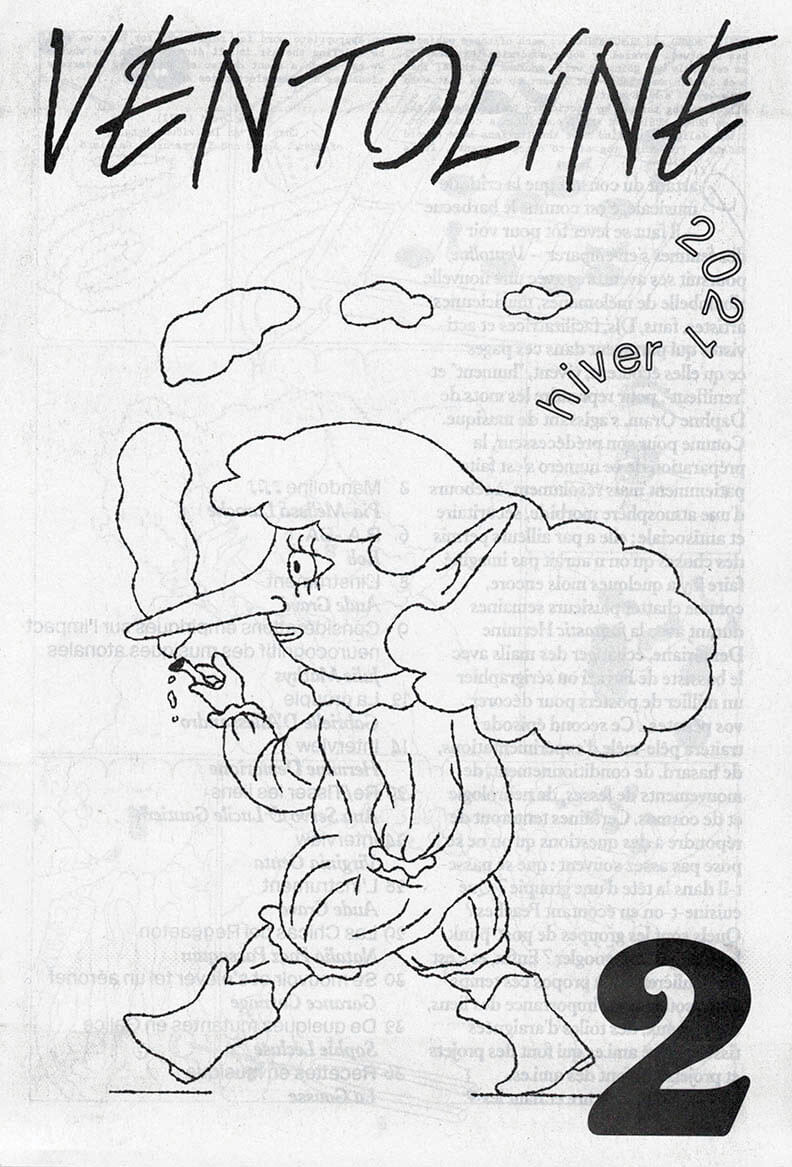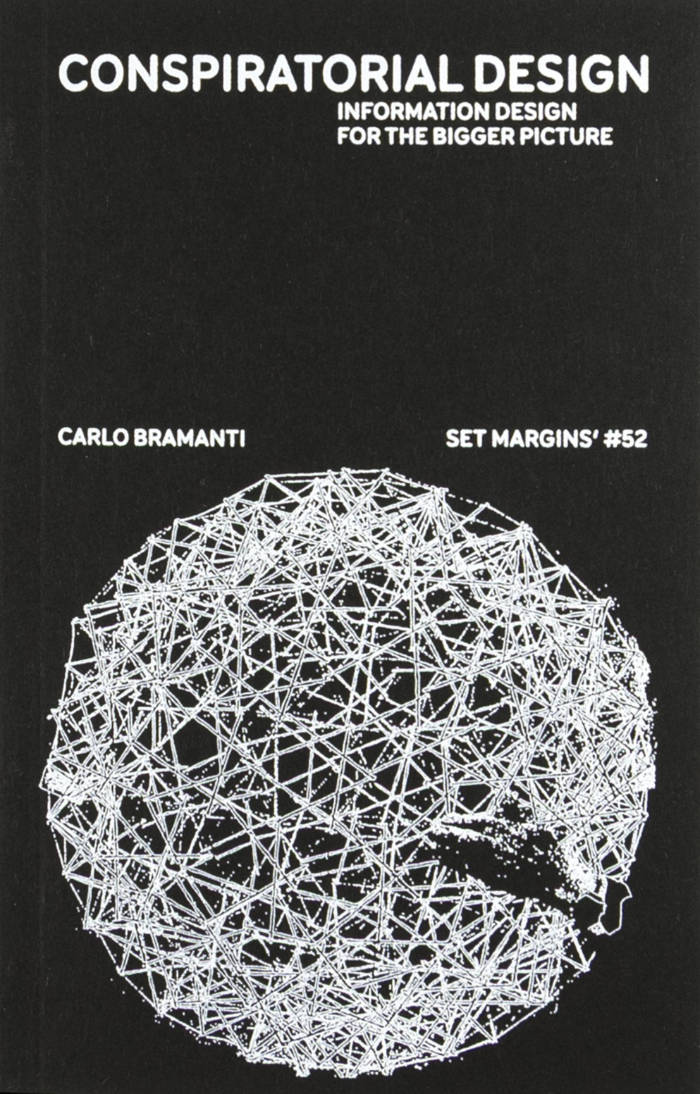
Ventoline #2 – hiver 2021
Partant du constat que la critique musicale, c’est comme le barbecue — il faut se lever tôt pour voir des femmes s’en emparer — Ventoline poursuit ses aventures avec une nouvelle ribambelle de mélomanes, musiciennes, artistes, fans, DJs, facilitatrices et activistes qui partagent dans ces pages ce qu’elles écoutent, vivent, « hument » et « reniflent », pour reprendre les mots de Daphne Oram, s’agissant de musique. Comme pour son prédécesseur, la préparation de ce numéro s’est faite patiemment mais résolument, à rebours d’une atmosphère morbide, sécuritaire et antisociale ; elle a par ailleurs permis des choses qu’on n’aurait pas imaginé faire il y a quelques mois encore, comme chatter plusieurs semaines durant avec la fantastic Hermine Demoriane, échanger des mails avec le bassiste de Fugazi ou sérigraphier un millier de posters pour décorer vos pénates…
Ce second épisode traitera pêle-mêle d’expérimentations, de hasard, de conditionnement, de mouvements de fesses, de neurologie et de cosmos. Certaines tenteront de répondre à des questions qu’on ne se pose pas assez souvent : que se passe-t-il dans la tête d’une groupie ? Que cuisine-t-on en écoutant Peaches ? Quels sont les groupes de post-punk les plus galère à googler ? Enfin, et c’est particulièrement à propos ces temps-ci, on soulignera l’importance des liens, des réseaux, des toiles d’araignées tissées entre ami.es qui font des projets et projets qui font des ami.es…
(ENG)
Ventoline is a French music zine written and illustrated by women only. The second issue includes contributions by Pia-Mélissa Laroche, Bob Siegrist, Julie Mathys, Gabrielle d'Alessandro, Aude Gravé, Ana Servo, Lucile Gautier, Natalia Paez Passaquin, Garance Carnage, Sophie Lecluse, La Gousse, as well as interviews of Hermine Demoriane and Virginia Genta.
17 x 25 cm, 40 pages printed on newspaper by Newspaper Club ; comes with a screen printed poster by Pia-Mélissa Laroche.
1st edition of 1500 copies, jan. 2021
more on https://ventoline.octavie.club
Language: French




